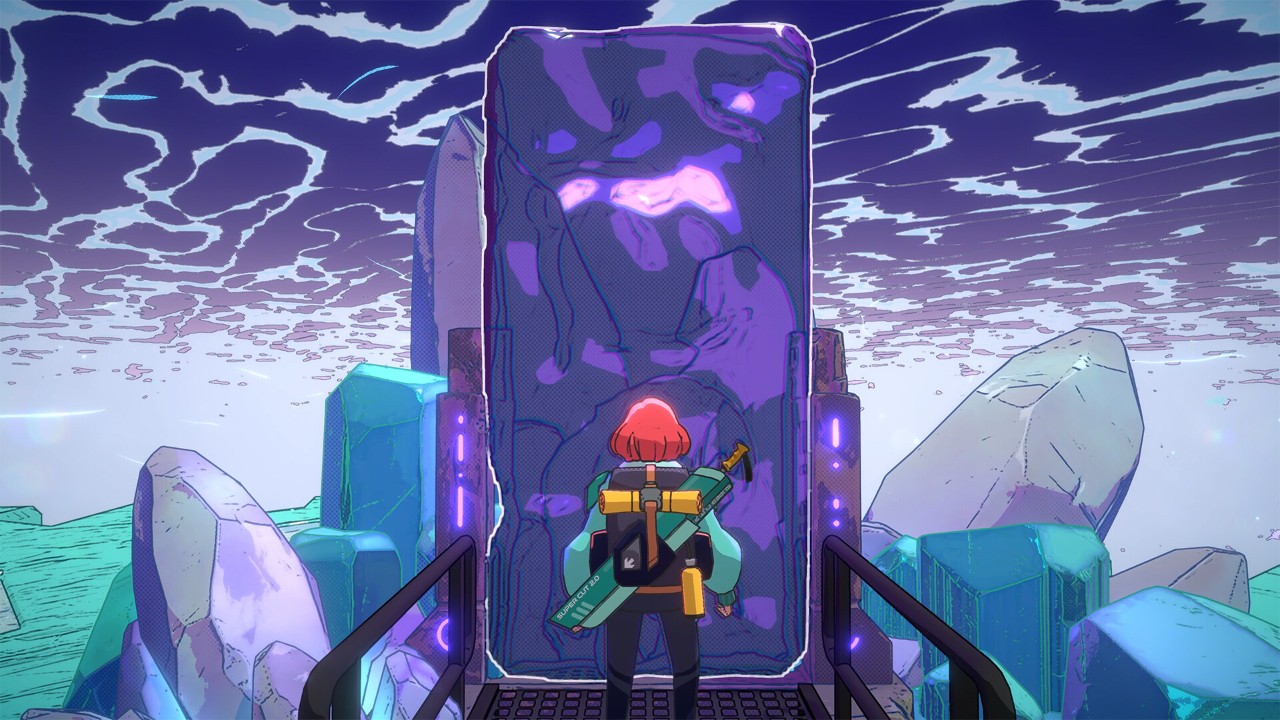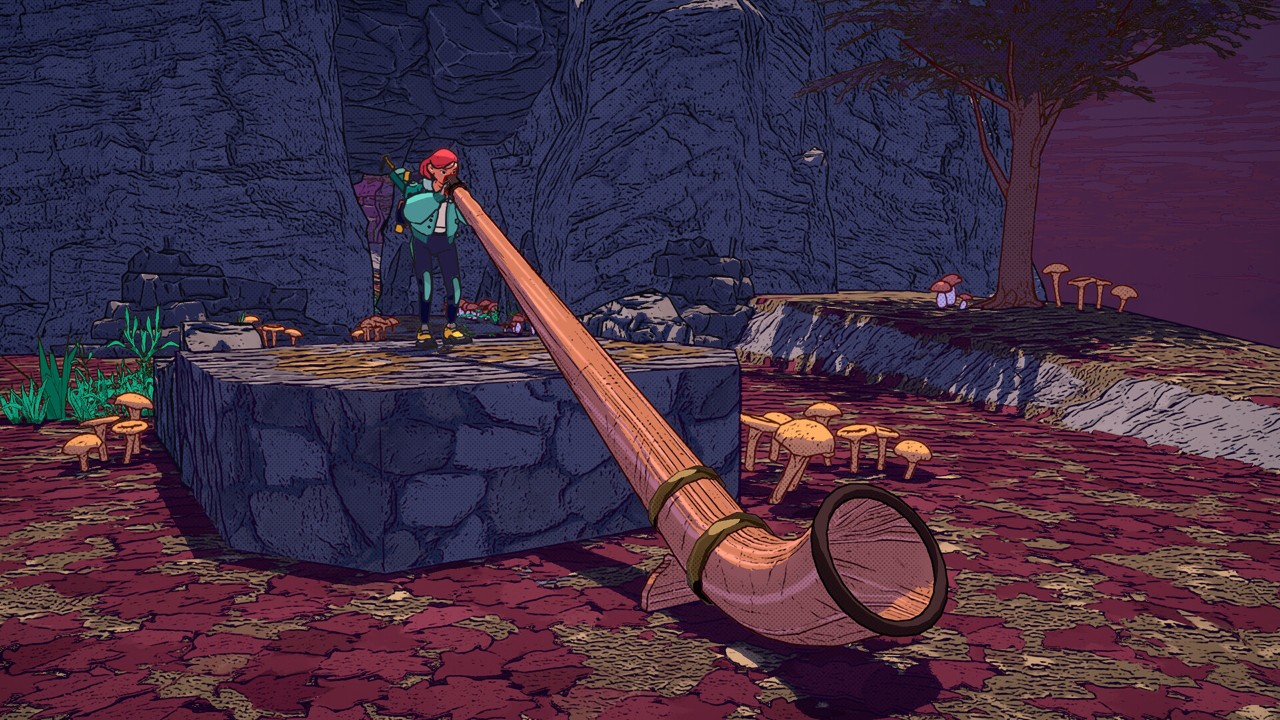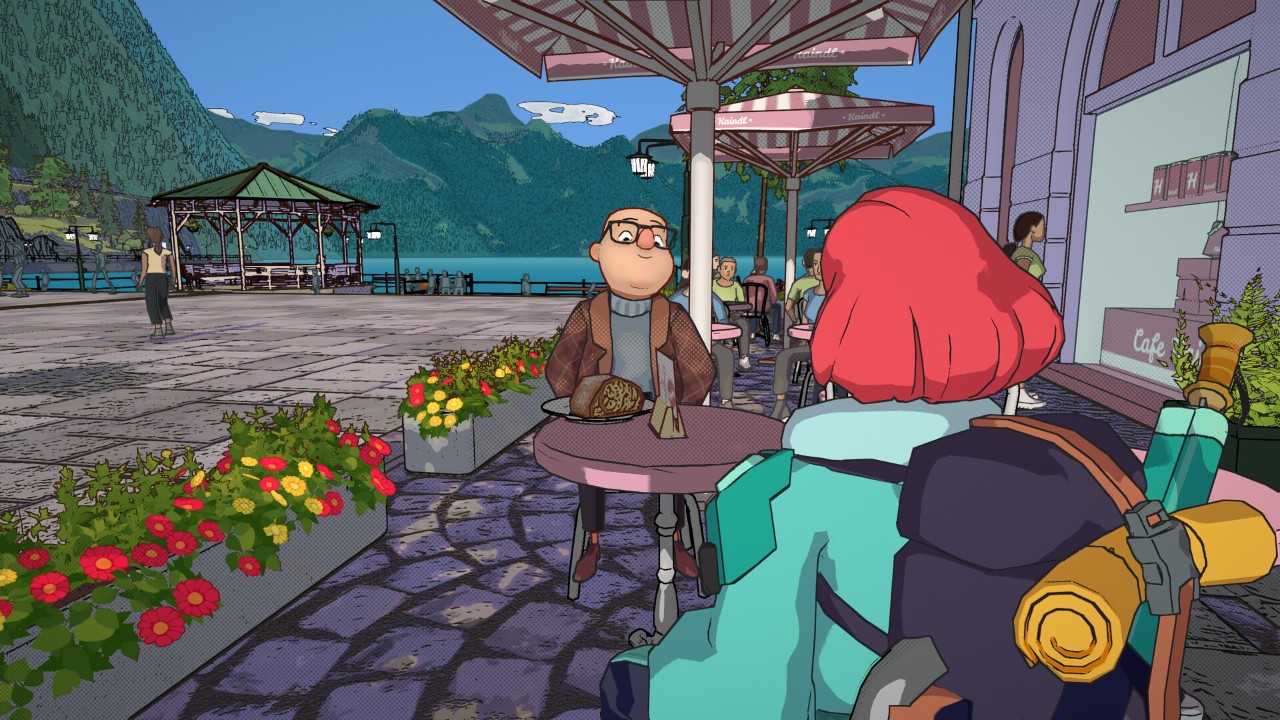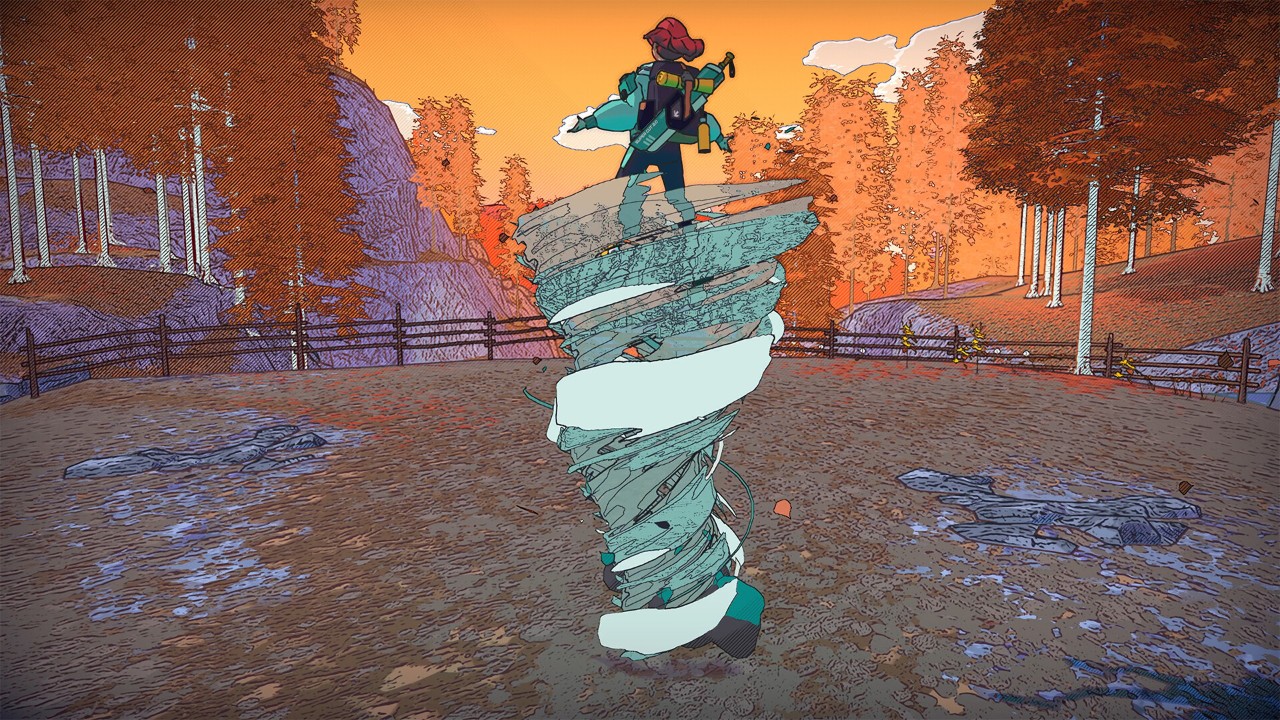Dungeons of Hinterberg review
One thing the majority of video game characters have in common is that they’re pretty hard to relate to. And before you start trying to convince me that when you kick off people think you and Kratos were separated at birth, or you’re just like Lara Croft because you carried a spider to the back door once, please stop. Don’t babysit a babysitter, or whatever that saying is. But the thing about Luisa, the protagonist of Dungeons of Hinterberg, is that I can almost guarantee that most people over 25 will relate to her to a worrying degree.
See, Luisa is bored. Borderline depressive, too, I’d say. She’s a lawyer who kind of hates practicing law, she has a roommate who wants her to move out so she can move her boyfriend in, and overall she’s just kind of sick of all of it. She longs for a change but doesn’t know how to enforce one; she wants to find herself but doesn’t know where to look; she wants to prove herself even if the only judge is her. Sounding familiar yet?

But instead of wallowing in it, inhaling her bodyweight in ice cream, or going on a shopping spree, Luisa takes action. She packs her bags and says goodbye to Vienna for a few weeks in Hinterberg, which is arguably the most dangerous tourist destination in the world. See, Hinterberg is the site of a major magical calamity that has created portals into other worlds through which actual monsters have travelled, infesting the mountains and setting up lairs within magical pocket dimensions colloquially known as Dungeons. There are 25 in all, and Luisa is determined to see them all.
Rather than, say, cordon them off or attempt to keep people out, the powers that be are using the Dungeons as tourist attractions. Backpackers known as “Slayers” tool up with specialist branded armour and weapons, and spelunk through hordes of monsters, puzzles, and deadly bosses for the sheer thrill of it. There’s catharsis in it, I suppose, smashing in a few heads legally and above board, then harvesting the severed body parts of your victims to sell for better gear. I mean, not my idea of a holiday but Microbird Games makes it seem like a perfectly normal pastime. There’s even a TV show that covers the adventures, and Hinterberg itself is thriving thanks to the increased tourism.

In gameplay terms, it amounts to a kind of Breath of the Wild-alike. Each destination is an enclosed space with scattered NPCs, a few monster encounters, a smattering of dungeons, and a few scenic spots so you can just unwind for a while. Each new day is chopped into segments: in the morning Luisa decides where she’s going to go, in the afternoon you go there, in the evening you visit the town itself to stock up on potions, buy, sell or upgrade gear, and socialise, and at night you either rest or stay up late boosting your stats with TV or books at the cost of a tired morning where you’ll have less HP.
The morning is usually over quickly. You’ll usually chat with the owner of the B&B you’re staying in, or Alex and Klaus, two veteran Slayers who act as your guides and confidantes. A social system means it matters how you respond to probing questions, or act in certain situations. The afternoon is where the meat of the game takes place though. Here you can explore the chosen area, and either tackle a Dungeon or visit a scenic spot. These spots can boost Luisa’s HP and mana, but you get no loot. Ideally you want to visit a scenic spot after a late night spent reading or watching TV, as they counteract Luisa’s fatigue.

The Dungeons themselves are fairly eclectic. The usual laws of time and space don’t always apply within them, and each contains a small set of puzzles, multiple loot chests, a hidden commemorative coin, and sometimes a tough boss fight at the end. They’re similar in form and function to Breath of the Wild’s Shrines, only usually a little longer. You should always be exploring the Dungeons that suit Luisa’s level. You can tackle harder ones if you like but it’s not recommended as it isn’t really worth it, and the combat simply isn’t nuanced enough to promote seeking challenge.
You have a heavy and light attack, and a dodge. Luisa can equip charms to buff her stats like attack and defence, and armour which adjusts her protection factors but doesn’t alter her appearance, sadly. Special attacks like a Whirlwind move and leap attack can be learned at the spell smithy in town, which are on long cooldowns but deal decent damage. Later you’ll get more useful techniques like the ability to drain enemy shields in the vicinity. Combat feels a little sluggish, and the way it throws up a ring of magic that traps you in it with the enemies until they’re all dead is a little uninspired. There’s not much visual spectacle to it, and even with a selection of special techniques it quickly became my least-favourite part of Dungeons of Hinterberg.

I much preferred exploring the Dungeons themselves, solving the various puzzles involving special spells that only work in a given area. A laser beam plus a hoverboard for grinding rails, a tornado that can carry you over obstacles, and a huge bomb-ball that can be summoned and detonated are among these area-specific abilities and the Dungeons in each area are designed around them, which means you always have the solution. None of the puzzles are particularly fiendish, though they do become more complex as Luisa tackles higher level challenges.
Evenings in Hinterberg are spent shopping for new potions, buying weapons and armour, selling your loot and upgrading your equipment. There’s a large variety of shops and services, including souvenir shops where you can buy gifts for the various NPCs you meet. Luisa has four stats outside of her combat abilities: Familiarity, Renown, Amusement, and Relaxation. Each is important for different reasons. For example, legendary Slayer Renaud won’t deign to talk to Luisa until her Renown is high enough.
You increase these stats by spending time making friends, learning about the town and its history, enjoying yourself and chilling out between Dungeon-delving. It’s not a complex or intricate system, but genuinely feels like downtime to break up the action. You can choose to spend time with lots of different characters, and each adds something to the experience.
The beautiful visuals and tranquil music add to the atmosphere, with manageable combat and puzzles giving it all some much-needed spice. There are a few visual bugs here and there, though, despite the fairly low-rent aesthetics. If the combat felt a little more thrilling, I’d be all-in, but the more I played the less awed I felt by the set-up.
Ultimately, Dungeons of Hinterberg feels like a chilled-out version of the usual action-adventure titles like the aforementioned Breath of the Wild. You could just explore for scenic spots, advancing time that way for a bit, taking in the sights and sounds of Hinterberg and visiting the town’s various festivals. But if you want to progress and aid Luisa in her quest for self-discovery, you’ll eventually have to get your hands dirty.




